
Gry, które powstały dzięki modom
Zbiory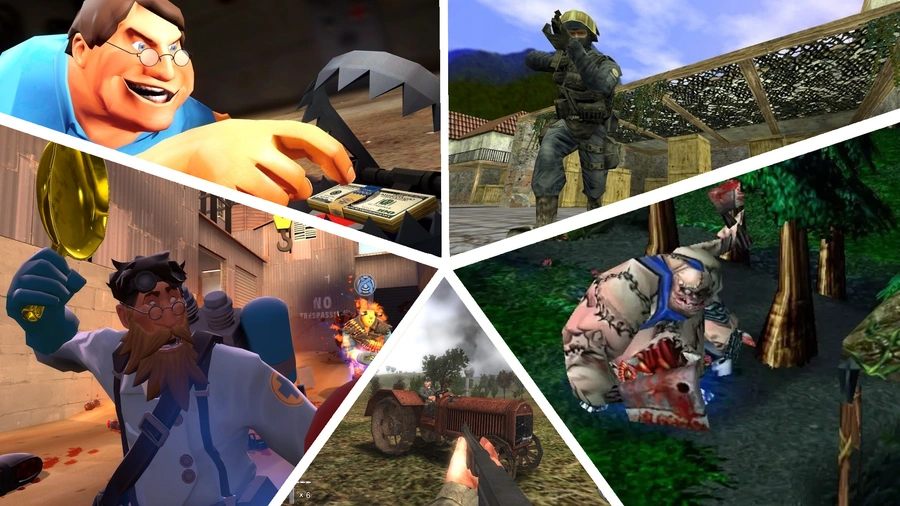
Pojawienie się nowej gry to zawsze wydarzenie w świecie rozrywki, ale co, jeśli sama gra narodziła się z czegoś już istniejącego? Świat gier wideo jest pełen zdumiewających historii o tym, jak pasja i kreatywność fanów zrodziły coś zupełnie nowego i wspaniałego. Mowa o modach — modyfikacjach do już wydanych gier, które w niektórych przypadkach nie tylko ulepszały oryginał, ale stawały się podstawą dla samodzielnych projektów, zdobywając miliony serc na całym świecie.
Counter-Strike (2000)
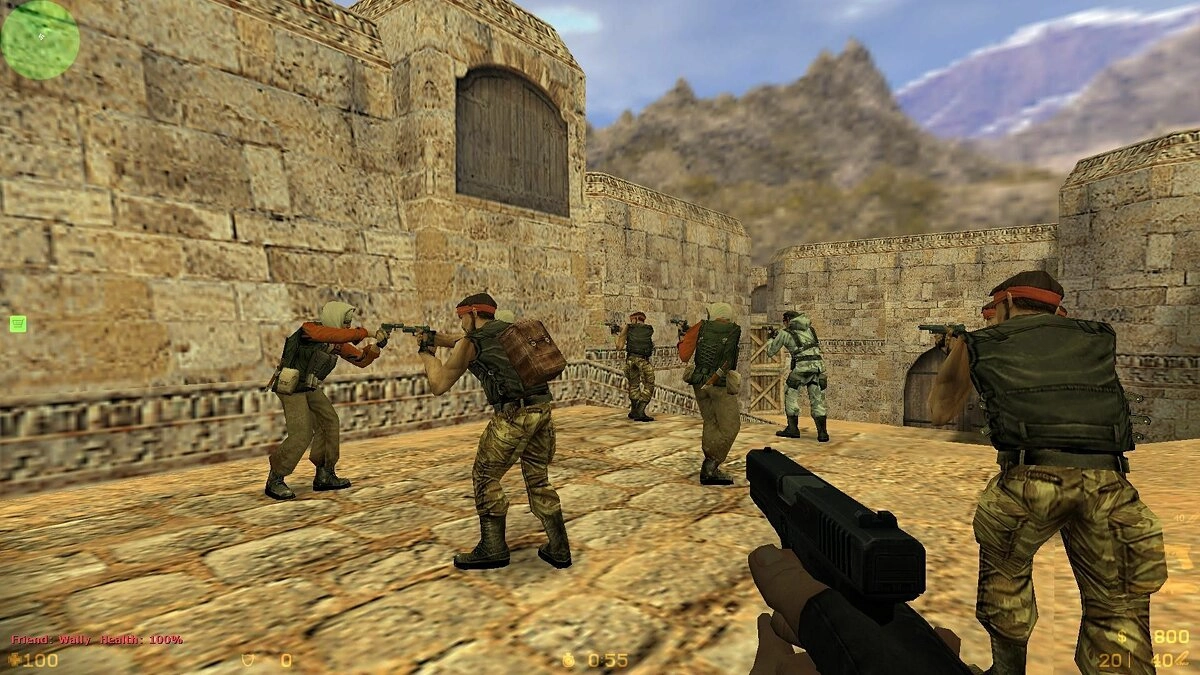
Wyobraź sobie: koniec lat 90., świat właśnie otrząsnął się po rewolucji zwanej Half-Life, a gdzieś w głębi społeczności graczy rodzi się pomysł, który na zawsze odmieni świat strzelanek sieciowych. To był Counter-Strike – dzieło Minha Le i Jessa Cliffe’a, skromny mod, który zamiast kosmicznych potworów oferował coś o wiele bardziej przyziemnego, ale jednocześnie wybuchowego: pełne adrenaliny pojedynki między terrorystami a antyterrorystami.
Pierwsza beta Counter-Strike natychmiast zdobyła popularność wśród graczy. Prostota zasad, nacisk na pracę zespołową, taktykę i szybkie strzelaniny znalazły odzew u milionów. Mod nadal się rozwijał, dodawano nowe mapy, broń i tryby gry, a baza graczy gwałtownie rosła. Valve, twórcy Half-Life, szybko dostrzegli potencjał tego fenomenu. W 2000 roku nabyli prawa do Counter-Strike, zatrudnili kluczowych twórców moda i wydali grę jako samodzielny produkt.
Ten krok stał się punktem zwrotnym nie tylko dla Counter-Strike, ale także dla całej branży. Gra, która wyrosła z amatorskiego projektu, stała się jedną z najpopularniejszych strzelanek sieciowych wszech czasów, generując niezliczone turnieje e-sportowe, własne franczyzy (Counter-Strike 1.6, Source, Global Offensive, CS2) i ogromną, oddaną bazę fanów.
Defense of the Ancients (DotA) (2003)
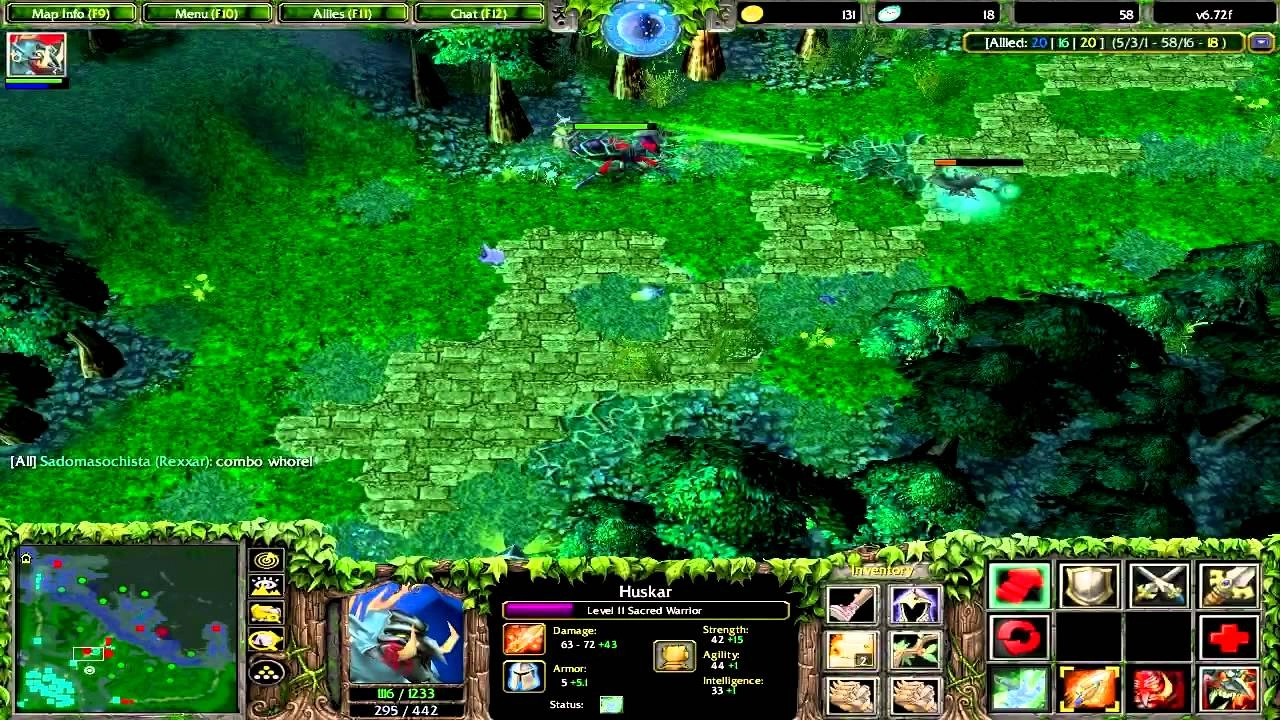
W 2003 roku, w złotej erze niestandardowych map Warcraft III, nikt nie podejrzewał, że skromne dzieło o nazwie Defense of the Ancients (DotA), stworzone przez gracza o pseudonimie Eul, stanie się nie tylko popularnym modem, ale prawdziwą gwiazdą przewodnią, dając początek zupełnie nowemu gatunkowi — MOBA. Skąd ta magia? Z prostej, ale genialnej koncepcji: dwie drużyny bohaterów niestrudzenie walczą w alejach, próbując zniszczyć starożytne serce bazy wroga, podczas gdy kontrolowane przez SI stwory toczą swoje niekończące się potyczki.
Mapa Eul stała się niezwykle popularna, ale DotA doznała prawdziwej transformacji po wydaniu dodatku Warcraft III: The Frozen Throne. Właśnie wtedy wielu twórców map zaczęło tworzyć własne wersje DotA, eksperymentując z bohaterami, przedmiotami i mechanikami. Najbardziej wpływową z nich stała się DotA Allstars, którą początkowo rozwijali różni użytkownicy, a następnie przejął ją i dopracował IceFrog. To IceFrog metodycznie równoważył bohaterów, dodawał nowe umiejętności i przedmioty, przekształcając mapę w głęboką i strategicznie złożoną grę, która wymagała od graczy nie tylko reakcji, ale także myślenia taktycznego i zgranej pracy zespołowej.
Dzięki swojej głębi, różnorodności bohaterów i wciągającemu elementowi rywalizacji, DotA Allstars stała się fenomenem, który przewyższył popularność wielu komercyjnych gier. Położyła podwaliny pod gatunek MOBA, inspirując powstanie takich gigantów jak League of Legends i Dota 2. Historia DotA to żywy dowód na to, jak talent społeczności i otwartość platform do gier mogą zrodzić coś znacznie większego niż tylko modyfikacja, kształtując całe kierunki w branży gier.
DayZ (2013)
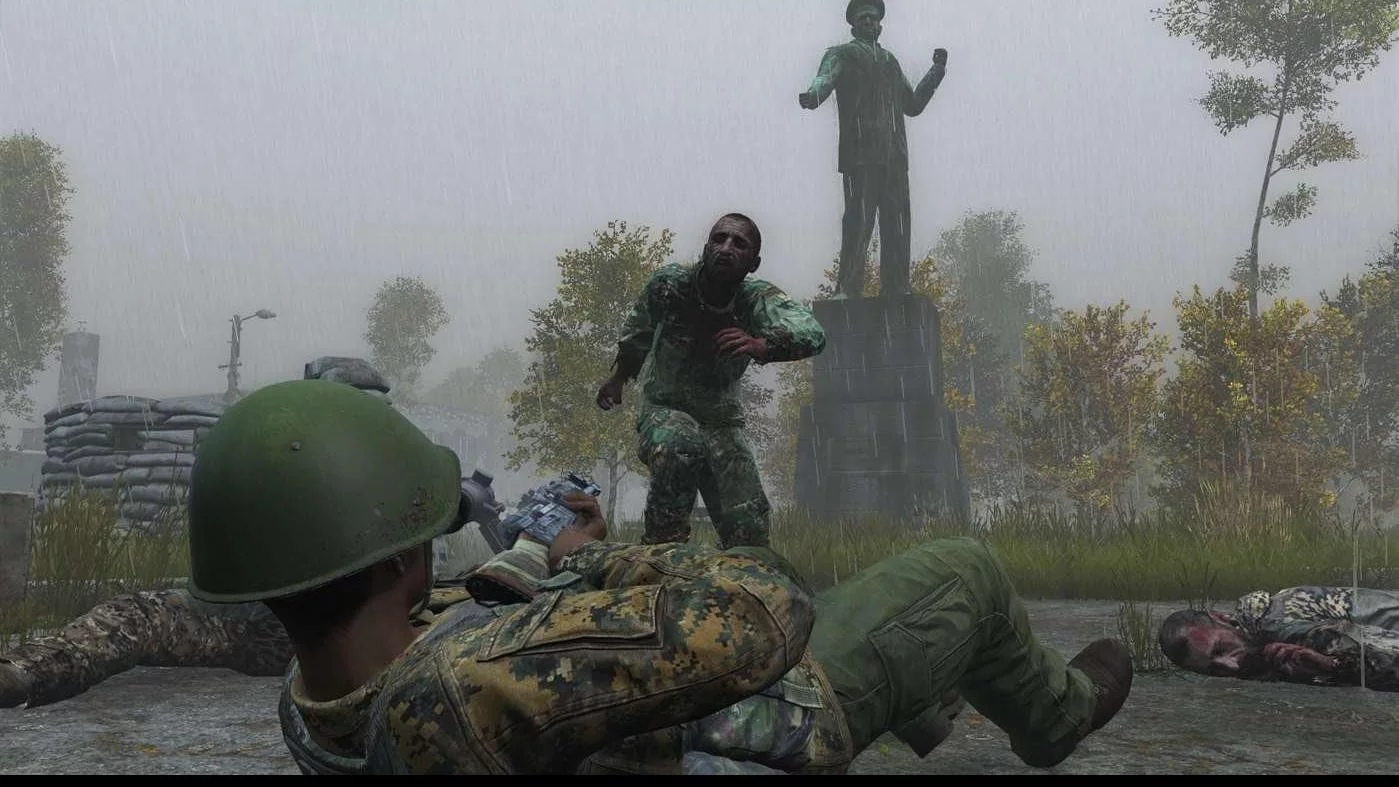
Wyobraź sobie: jesteś w środku rozległego, bezlitosnego świata, gdzie każdy szmer może oznaczać rychłą śmierć. Wokół są zombie, ale o wiele niebezpieczniejsi są inni ocaleni. Takie było DayZ w 2012 roku, kiedy Dean Hall zaprezentował swój hardcore’owy mod do Arma 2: Operation Arrowhead. To było coś więcej niż tylko gra o przetrwaniu; to był eksperyment w czasie rzeczywistym, który wrzucił gracza w sam środek wydarzeń, zmuszając go do walki o każdy łyk wody, każdy nabój, każdą sekundę życia, i wprowadził do świata nową miarę realizmu i napięcia emocjonalnego.
Mod DayZ natychmiast stał się viralowym hitem. Jego bezprecedensowy poziom realizmu, ciągłe zagrożenie śmiercią z głodu, pragnienia, chorób lub wrogich graczy, a także unikalne doświadczenia emocjonalne związane z przetrwaniem, przyciągnęły miliony graczy. Arma 2 odnotowała niesamowity wzrost sprzedaży dzięki tym, którzy chcieli wypróbować DayZ. Atmosfera ciągłego zagrożenia, nieprzewidywalne spotkania z innymi ocalałymi (którzy mogli pomóc lub zdradziecko zabić) i poczucie całkowitej swobody działania stworzyły wyjątkowe wrażenia z gry.
Widząc ogromny sukces moda, Bohemia Interactive podjęła decyzję o wsparciu projektu i opracowaniu DayZ Standalone — pełnoprawnej, samodzielnej gry. W 2013 roku została ona wydana we wczesnym dostępie, oferując graczom bardziej dopracowane doświadczenie przetrwania, ulepszoną grafikę i nowe mechaniki. Chociaż droga samodzielnej gry była długa i wyboista, z wieloma aktualizacjami i poprawkami, DayZ mocno ugruntowała swoją pozycję jako jeden z pionierów gatunku survivalu w otwartym świecie i nadal ewoluuje, pozostając kultową grą dla wielu fanów hardcore’owej rozgrywki.
Team Fortress (2007)
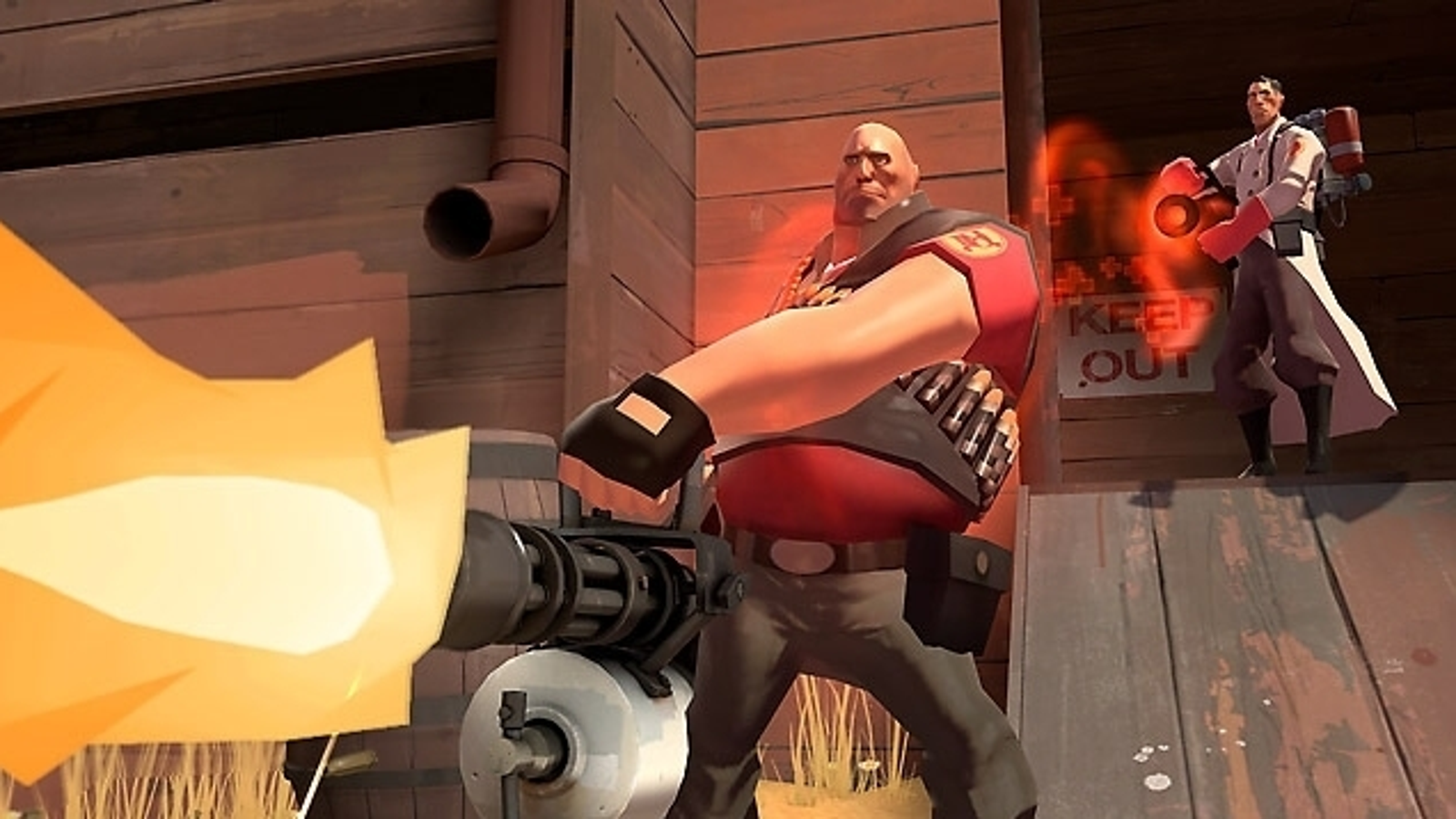
Zapomnij o typowym "każdy na każdego" – w 1996 roku, gdy świat strzelanek dopiero nabierał rozpędu, pojawił się Team Fortress. To był więcej niż tylko mod do Quake; to była śmiała deklaracja nowej ery bitew sieciowych, gdzie zwycięstwo zależało nie od tego, jak szybko strzelasz, ale od tego, jak inteligentnie grasz w zespole. Twórcy Robin Walker i John Cook zrewolucjonizowali koncepcję strzelanek, oferując graczom wybór unikalnych klas, każda z własną rolą i charakterem, na zawsze wpisując koncepcję synergii zespołowej w historię tworzenia gier.
Sukces moda był ogłuszający. Gracze szybko docenili głębię taktyki, którą oferowały różne klasy: ciężkozbrojni Żołnierze, zwinni Skauci, skryci Szpiedzy, Inżynierowie budujący wieżyczki i Medycy wspierający drużynę. W 1999 roku Valve, pod wrażeniem popularności i potencjału Team Fortress, nabyło prawa do moda i zatrudniło jego twórców. To doprowadziło do wydania Team Fortress Classic na silniku Half-Life, co pozwoliło na ulepszenie grafiki i dodanie nowych funkcji, zachowując jednocześnie lubianą rozgrywkę.
Jednak prawdziwa kulminacja nastąpiła w 2007 roku wraz z premierą Team Fortress 2. Zamiast dążyć do realizmu, Valve postawiło na stylizowaną, kreskówkową grafikę, żywy humor i charyzmatyczne postacie. Gra zachowała podstawowe klasy i rozgrywkę zespołową, ale dodała wiele nowych map, trybów i, co szczególnie ważne, rozbudowany system przedmiotów kosmetycznych oraz kultową już ekonomię "kapeluszy". Team Fortress 2 nie tylko kontynuowała dziedzictwo swojego poprzednika, ale sama stała się przełomowym projektem, wywierając ogromny wpływ na gatunek strzelanek zespołowych i udowadniając, że gry zrodzone z modów mogą osiągnąć niesamowite wyżyny.
Garry's Mod (GMod) (2006)
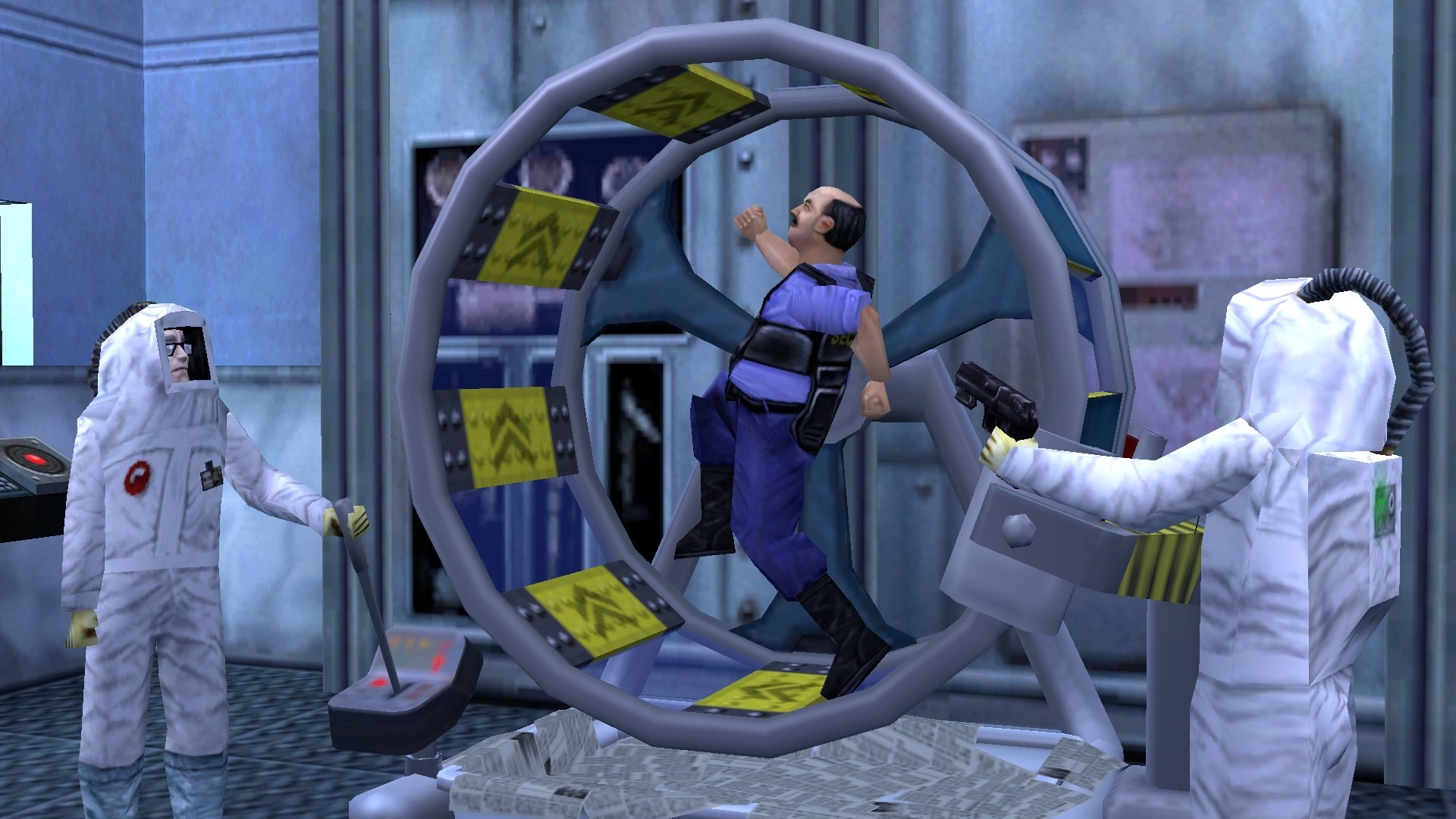
Co się stanie, jeśli weźmiesz uniwersum gry i całkowicie usuniesz wszelkie ograniczenia? Odpowiedź: Garry's Mod (GMod). To, co zaczęło się w 2004 roku jako skromny, darmowy mod od Garry'ego Newmana do gier wykorzystujących silnik Source od Valve, szybko przekształciło się w coś znacznie większego – cyfrową piaskownicę bez zasad i celów, gdzie jedynym ograniczeniem była wyobraźnia gracza. Nie było tu fabuły, misji ani finałowych bossów; była tylko nieograniczona swoboda manipulowania obiektami, tworzenia szalonych konstrukcji, eksperymentowania z fizyką i siania chaosu, co zrodziło niezliczone memy i całą społeczność twórców.
GMod szybko zdobył popularność dzięki swojej absolutnej swobodzie. Gracze mogli tworzyć dowolne obiekty, łączyć je za pomocą narzędzi, tworzyć mechanizmy, eksperymentować z fizyką, organizować chaotyczne sceny i nagrywać zabawne filmy. Mod nie miał żadnych wbudowanych zasad ani celów poza tymi, które wymyślili sami użytkownicy. To właśnie ta nieograniczona kreatywność i możliwość interakcji ze światem gry w niespotykany dotąd sposób sprawiły, że Garry's Mod stał się fenomenem. Społeczność zaczęła tworzyć własne tryby gry, narzędzia i treści, przekształcając mod w coś znacznie większego niż tylko grę – w platformę do tworzenia treści.
W 2006 roku, uznając ogromny potencjał i popularność Garry's Mod, Valve zaproponowało Garry'emu Newmanowi wydanie go jako produktu komercyjnego. Pozwoliło to projektowi uzyskać wsparcie i dalszy rozwój. Od tego czasu Garry's Mod nadal się rozwija, oferując nieskończone możliwości twórcze: od tworzenia animacji i zrzutów ekranu po opracowywanie złożonych trybów gry, takich jak Prop Hunt, Trouble in Terrorist Town czy DarkRP. Garry's Mod stał się świadectwem siły treści generowanych przez użytkowników i żywym przykładem na to, jak prosty pomysł, zrodzony z moda, może stać się fundamentem dla całego uniwersum kreatywnych eksperymentów.
Killing Floor (2009)
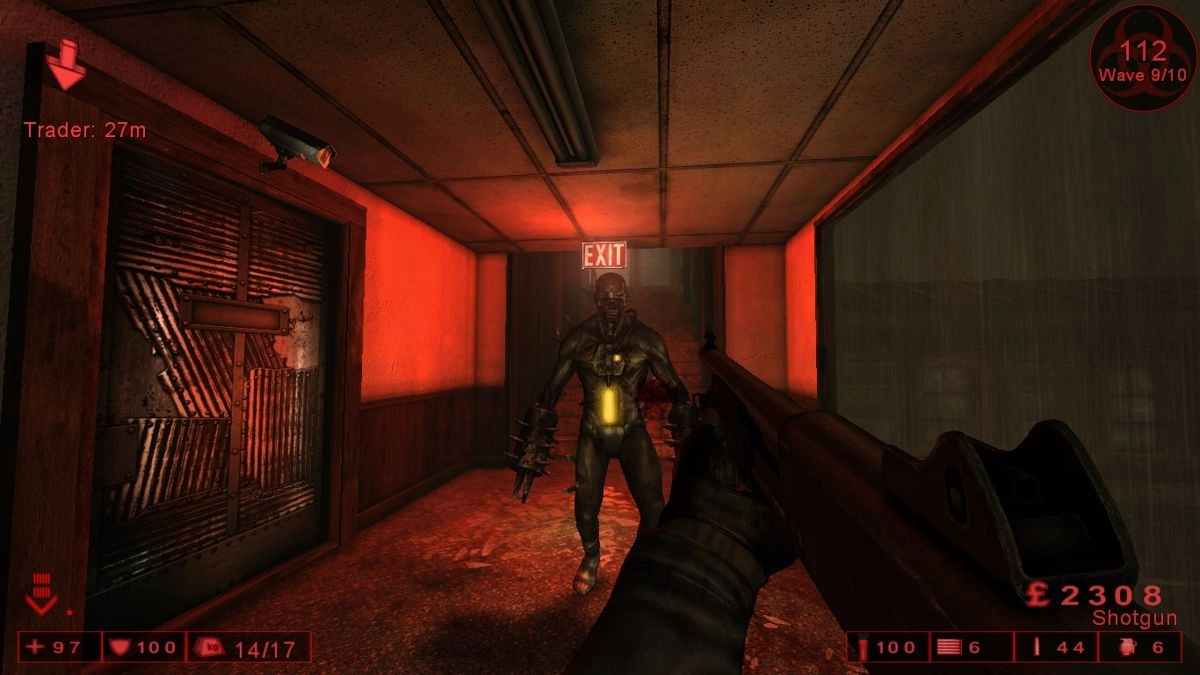
W mglistym roku 2005, kiedy kooperacyjne strzelanki nie były jeszcze w głównym nurcie, z głębin Unreal Tournament 2004 wyłonił się Killing Floor – mod, który sprawił, że gracze wczepili się w klawiatury z napięcia, rzucając wyzwanie nieskończonym falom mutantów. Stworzony przez Alexa "Wormboy" Hennriego, oferował prostą, ale diabelnie wciągającą formułę: drużyna ocalałych przeciwko hordzie "Zedsów", z każdą rundą stających się silniejszymi i bardziej groteskowymi. To nie była tylko strzelanka; to było wyzwanie o przetrwanie, gdzie każdy krok, każdy strzał i każda decyzja zespołu miały znaczenie.
Mod szybko zdobył popularność dzięki swojej intensywnej atmosferze, brutalnej rozgrywce i naciskowi na współpracę. Gracze doceniali różnorodnych wrogów, każdy z własnymi unikalnymi zdolnościami, a także system „perków” (klas), pozwalający na specjalizację w różnych rodzajach broni i rolach w drużynie. Sukces Killing Floor przyciągnął uwagę Tripwire Interactive – studia znanego z pracy nad serią Red Orchestra (która, nawiasem mówiąc, również zaczynała jako mod do Unreal Tournament). W 2009 roku Tripwire Interactive nabyło prawa do Killing Floor i wydało ją jako pełnoprawną grę komercyjną.
Samodzielna wersja Killing Floor znacznie rozszerzyła i ulepszyła oryginalny mod. Udoskonalono grafikę, dodano więcej broni, map, nowych typów wrogów i klas. Gra zachowała swoją mroczną, gotycką atmosferę i hardcore’ową kooperacyjną rozgrywkę, co pozwoliło jej zdobyć oddaną bazę fanów. Killing Floor stała się udanym projektem, a w 2015 roku doczekała się bezpośredniej kontynuacji — Killing Floor 2, która umocniła jej status jednej z wiodących franczyz w gatunku kooperacyjnych strzelanek zombie.
Darkest Hour: Europe '44-'45 (2009)
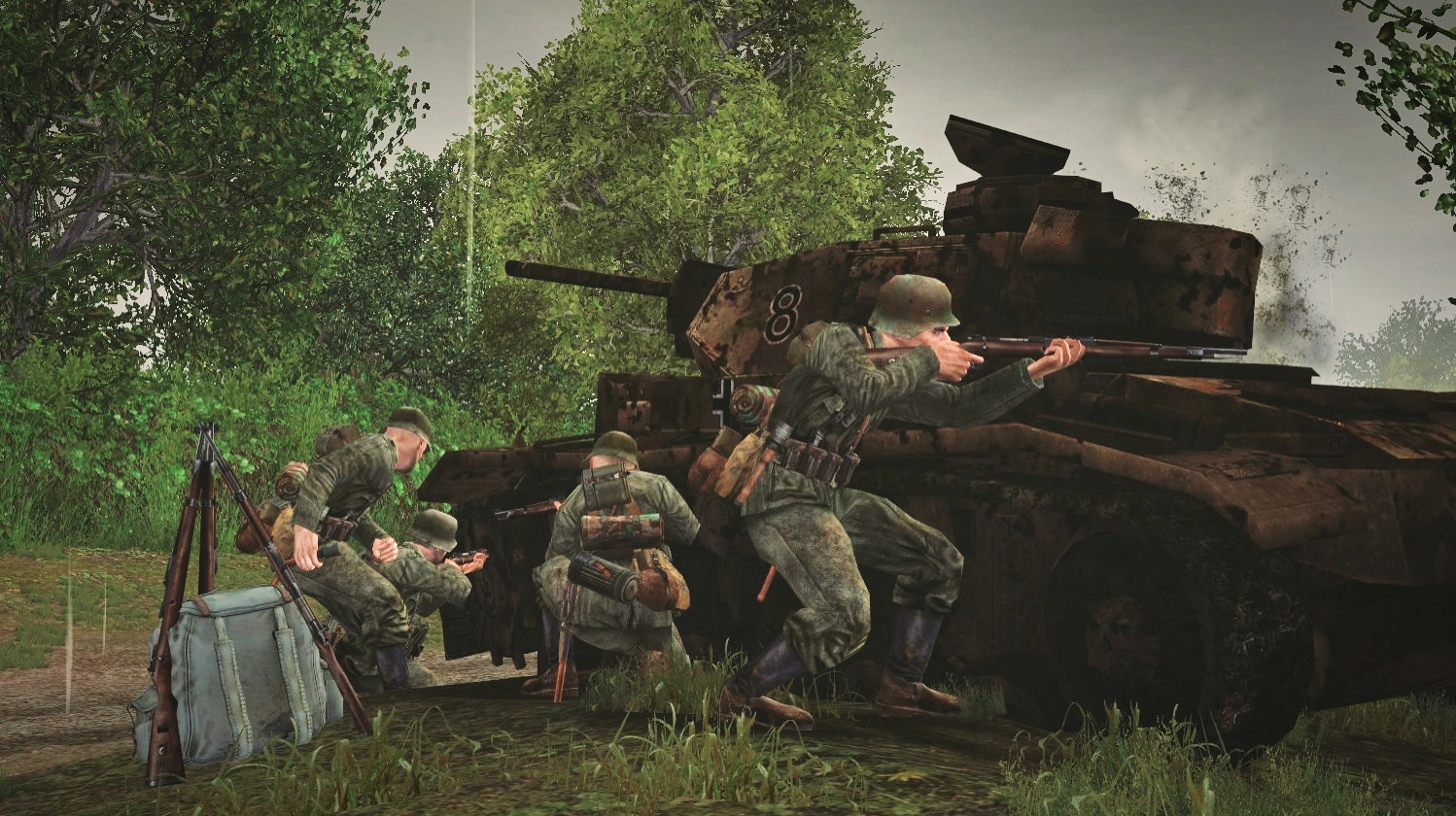
Historia Darkest Hour: Europe '44-'45 to doskonały przykład tego, jak zaangażowanie społeczności w historyczną dokładność i hardcore'owy realizm może wyjść poza ramy zwykłego dodatku i przekształcić się w samodzielną grę. Początkowo Darkest Hour pojawił się jako ambitny mod do Red Orchestra: Ostfront 41-45, wydanej w 2006 roku. Podczas gdy oryginalna Red Orchestra koncentrowała się na brutalnych bitwach na froncie wschodnim II wojny światowej, twórcy moda dążyli do przeniesienia tego samego poziomu bezkompromisowego realizmu na front zachodni, obejmujący okres od 1944 do 1945 roku.
Twórcy moda skrupulatnie odtwarzali historyczne mapy, autentyczne uzbrojenie, mundury i sprzęt, dążąc do maksymalnej wiarygodności. Szczególną uwagę zwracano na takie szczegóły, jak balistyka pocisków, odrzut broni, system uszkodzeń pojazdów, a nawet psychologiczny wpływ walki. Celem było nie tylko pokazanie strzelanin, ale zanurzenie gracza w atmosferę prawdziwych działań wojennych, gdzie każda kula ma znaczenie, a praca zespołowa i taktyka są kluczowe. Ten poziom szczegółowości i przywiązania do realizmu szybko przyciągnął uwagę fanów Red Orchestra, którzy szukali głębszych i bardziej autentycznych wrażeń.
Dzięki wysokiej jakości wykonania i uznaniu ze strony graczy, w 2008 roku Darkest Hour: Europe '44-'45 została wydana jako samodzielna gra. Pozwoliło to zespołowi deweloperskiemu jeszcze bardziej rozszerzyć projekt, ulepszyć stronę techniczną i dodać nową zawartość bez ograniczeń typowych dla modów. Darkest Hour zyskała reputację jednej z najbardziej wiarygodnych i bezkompromisowych strzelanek o II wojnie światowej, stając się kultowym projektem dla tych, którzy cenią historyczną precyzję i hardcore’ową rozgrywkę, zrodzoną z pasji społeczności.
Battlefield 2 (2005)
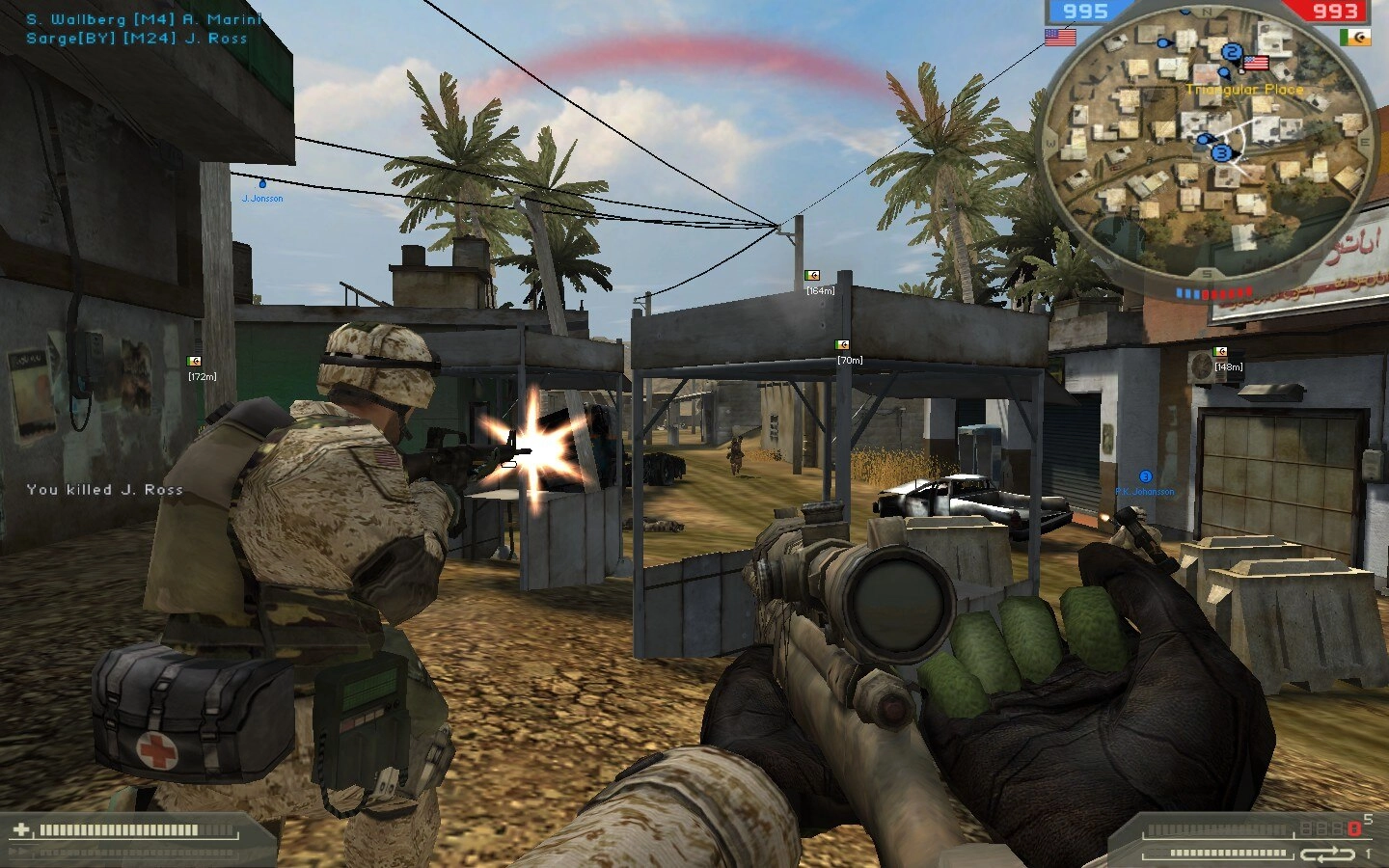
W 2002 roku, kiedy Battlefield 1942 wciąż królował na polach bitew II wojny światowej, zespół Realism Mod Team dokonał rewolucji, wydając Desert Combat. Ten mod nie był tylko dodatkiem; był to rzut oka w przyszłość, śmiały skok w nowoczesność, który zmienił nie tylko Battlefield 1942, ale także przewidział ścieżkę całej franczyzy. Nagle gracze mogli dowodzić czołgami Abrams, wystrzeliwać rakiety z Apache i latać F-16, przenosząc chaos bliskowschodnich konfliktów bezpośrednio na swoje ekrany i pokazując DICE, jaka powinna być następna duża gra w serii.
Ogromny sukces Desert Combat nie mógł pozostać niezauważony przez twórców oryginalnej gry – studio DICE i wydawcę Electronic Arts. Zrozumieli, że gracze pragną współczesnej scenerii wojennej w duchu Battlefield. W rezultacie DICE nie tylko zainspirowało się modem, ale faktycznie przyjęło jego koncepcję jako podstawę do stworzenia Battlefield 2, wydanej w 2005 roku. Wiele pomysłów, mechanik, a nawet typów pojazdów, po raz pierwszy zaimplementowanych w Desert Combat, znalazło swoje odzwierciedlenie w Battlefield 2, która stała się jedną z najbardziej udanych gier w serii i wyznaczyła kierunek rozwoju franczyzy na wiele lat.
Day of Defeat (2003)
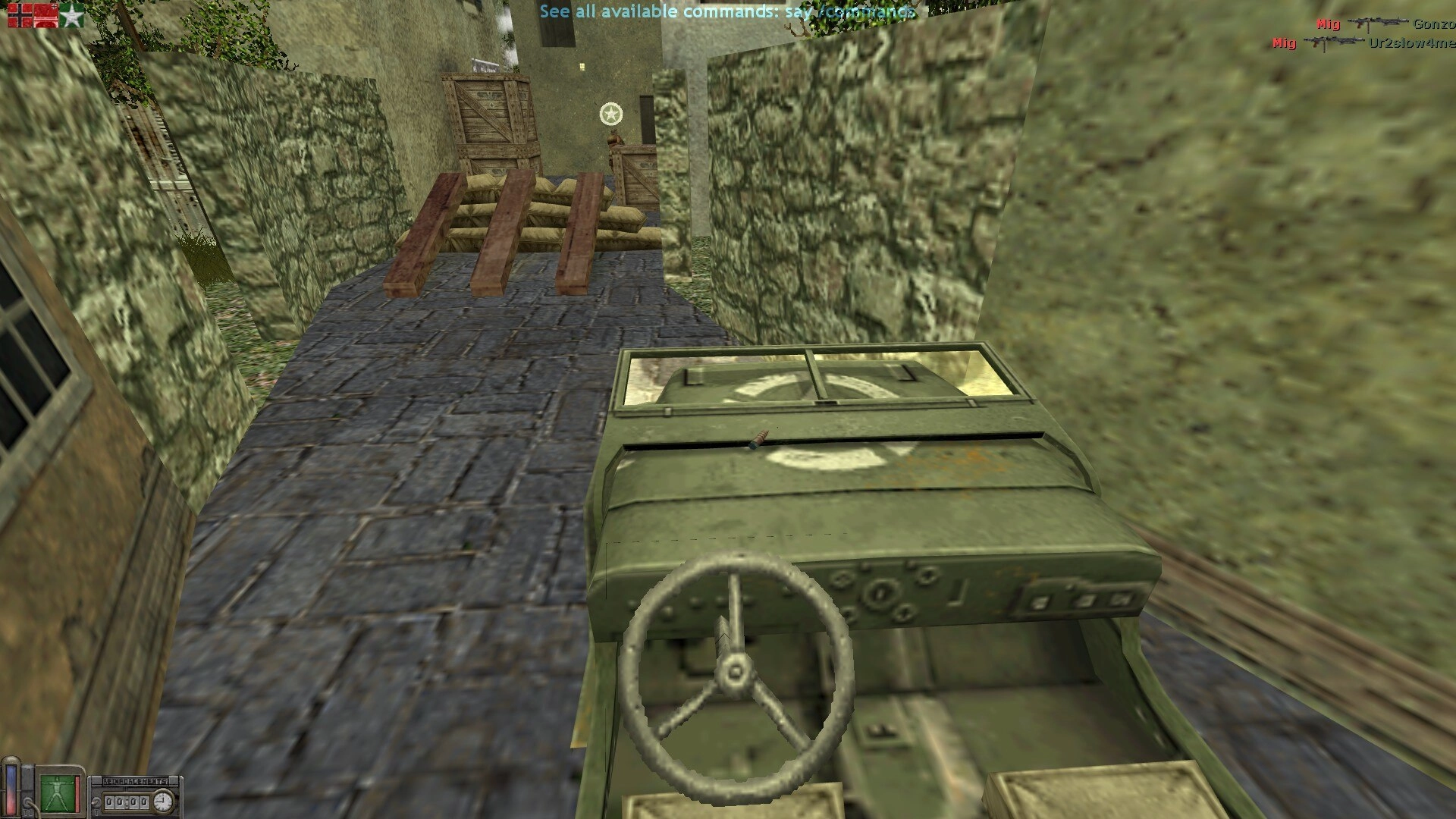
Na początku 2000 roku, kiedy świat Half-Life kipiał od eksperymentów z modowaniem, z tej twórczej burzy wyłonił się Day of Defeat – nie tylko kolejna strzelanka sieciowa, ale pełne zanurzenie w surowe bitwy na froncie zachodnim II wojny światowej. Stworzony przez grupę entuzjastów w 2000 roku jako darmowy mod, oferował graczom coś więcej niż tylko strzelaniny: tutaj taktyka i praca zespołowa nie były pustymi słowami, ale kluczem do przetrwania na polach bitew między Союзниками a Państwami Osi.
Day of Defeat szybko zdobył popularność dzięki swojemu unikalnemu podejściu do gatunku. Charakteryzował się bardziej realistyczną rozgrywką w porównaniu do innych strzelanek tamtych czasów, kładąc nacisk na taktykę, strzelanie pozycyjne i pracę zespołową. Gracze mogli wybierać różne klasy, każda z własnym unikalnym uzbrojeniem i rolą: od ciężkich karabinierów po snajperów i szturmowców. Mapy były starannie zaprojektowane i odtwarzały rozpoznawalne miejsca bitew, oferując różnorodne możliwości taktyczne.
Widząc ogromny sukces i oddanie bazy fanów, Valve, twórcy Half-Life, nabyło prawa do Day of Defeat w 2003 roku i wydało ją jako samodzielną grę komercyjną. Pozwoliło to na znaczne ulepszenie grafiki, dźwięku i rozgrywki. Później, w 2005 roku, Valve wydało Day of Defeat: Source, przenosząc grę na swój nowy i potężniejszy silnik Source. Ta wersja wprowadziła jeszcze bardziej szczegółową grafikę i fizykę, zachowując jednocześnie klasyczną, taktyczną rozgrywkę, którą pokochali fani. Day of Defeat pozostawiła znaczący ślad w historii strzelanek zespołowych, udowadniając, że mody mogą być nie tylko dodatkiem, ale pełnoprawną podstawą udanych franczyz gier.
Alien Swarm (2010)
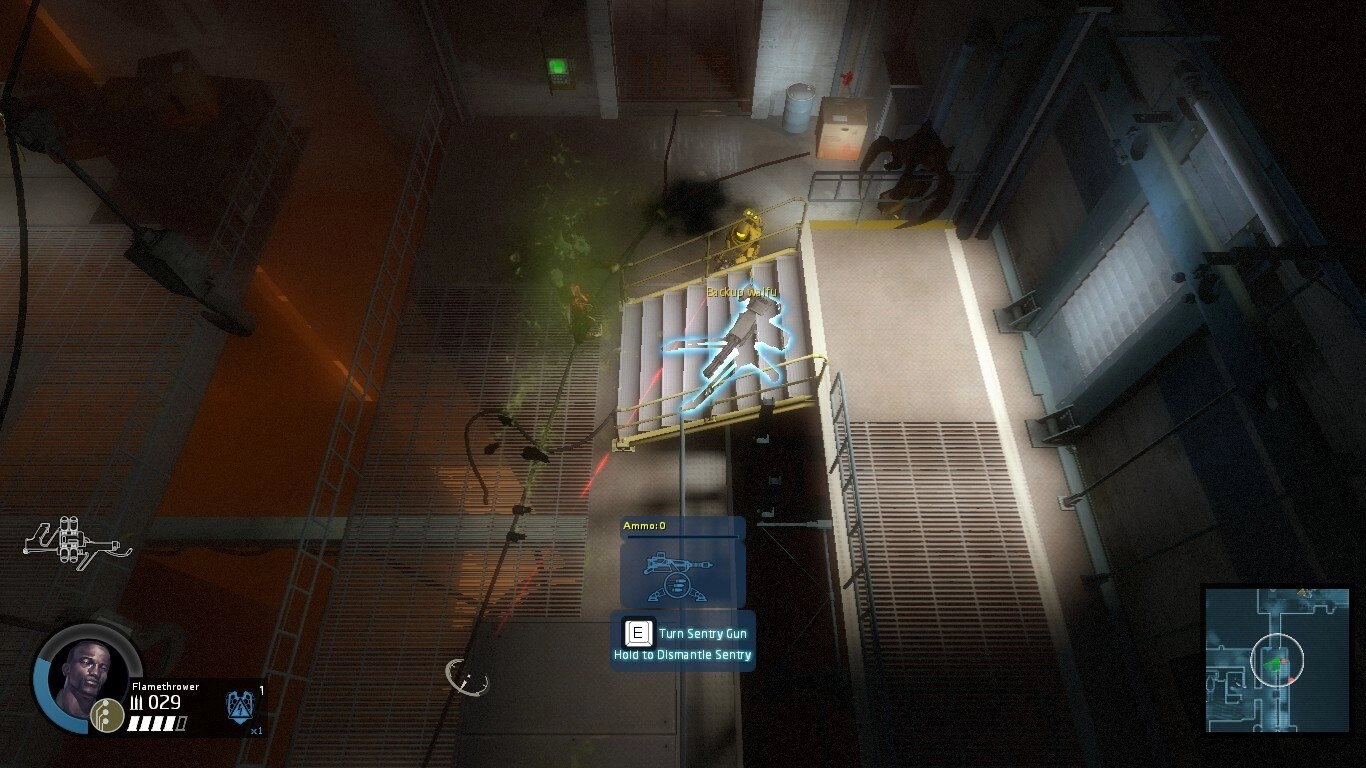
W 2004 roku, gdy kooperacyjne strzelanki nie były jeszcze szeroko rozpowszechnione, z głębin Unreal Tournament 2004 wyłonił się Alien Swarm – izometryczna gra akcji, która od pierwszych minut wciągała w wir intensywnych walk przeciwko hordom obcych stworzeń. Stworzony przez Black Cat Games, ten mod był kwintesencją taktycznego przetrwania: każdy członek oddziału marines miał swoją rolę, każda misja wymagała skoordynowanej pracy zespołowej, a każdy błąd mógł kosztować życie.
Mod szybko zyskał popularność dzięki swojej dynamice, intensywnym bitwom i konieczności zgranej pracy zespołowej. Gracze wybierali różne klasy piechoty, każda z własnymi unikalnymi zdolnościami i rolą: na przykład medycy do leczenia, inżynierowie do stawiania wieżyczek i materiałów wybuchowych oraz oficerowie, którzy wzmacniali zespół. Skuteczne ukończenie misji wymagało nie tylko celnego strzelania, ale także planowania taktycznego, koordynacji i efektywnego wykorzystania zdolności każdej klasy.
Widząc potencjał i jakość tego moda, Valve podjęło niezwykłą decyzję: zatrudniło cały zespół Black Cat Games. W 2010 roku Valve wydało znacznie przerobioną i ulepszoną wersję Alien Swarm na własnym silniku Source, udostępniając ją całkowicie za darmo na Steam. Ta wersja zawierała ulepszoną grafikę, nowe tryby gry, rozszerzony arsenał i wsparcie dla Steam Workshop, umożliwiając społeczności tworzenie własnych treści. Alien Swarm stał się doskonałym przykładem na to, jak nawet małe projekty, zrodzone z pasji do moddingu, mogą zyskać uznanie i przekształcić się w pełnoprawne gry, dostępne dla szerokiej publiczności.
Zakończenie
Te przykłady wyraźnie pokazują, że modding to nie tylko hobby, ale potężny motor innowacji w branży gier. Pozwala testować nowe pomysły, tworzyć unikalne doświadczenia z gier, a czasem nawet wyprzedzać komercyjnych deweloperów w wyznaczaniu trendów. Wiele z najbardziej udanych i lubianych gier zaczęło swoją podróż jako projekty stworzone przez entuzjastów w wolnym czasie, dowodząc, że talent i kreatywność społeczności mogą zmienić losy całej branży.
Polecane pliki
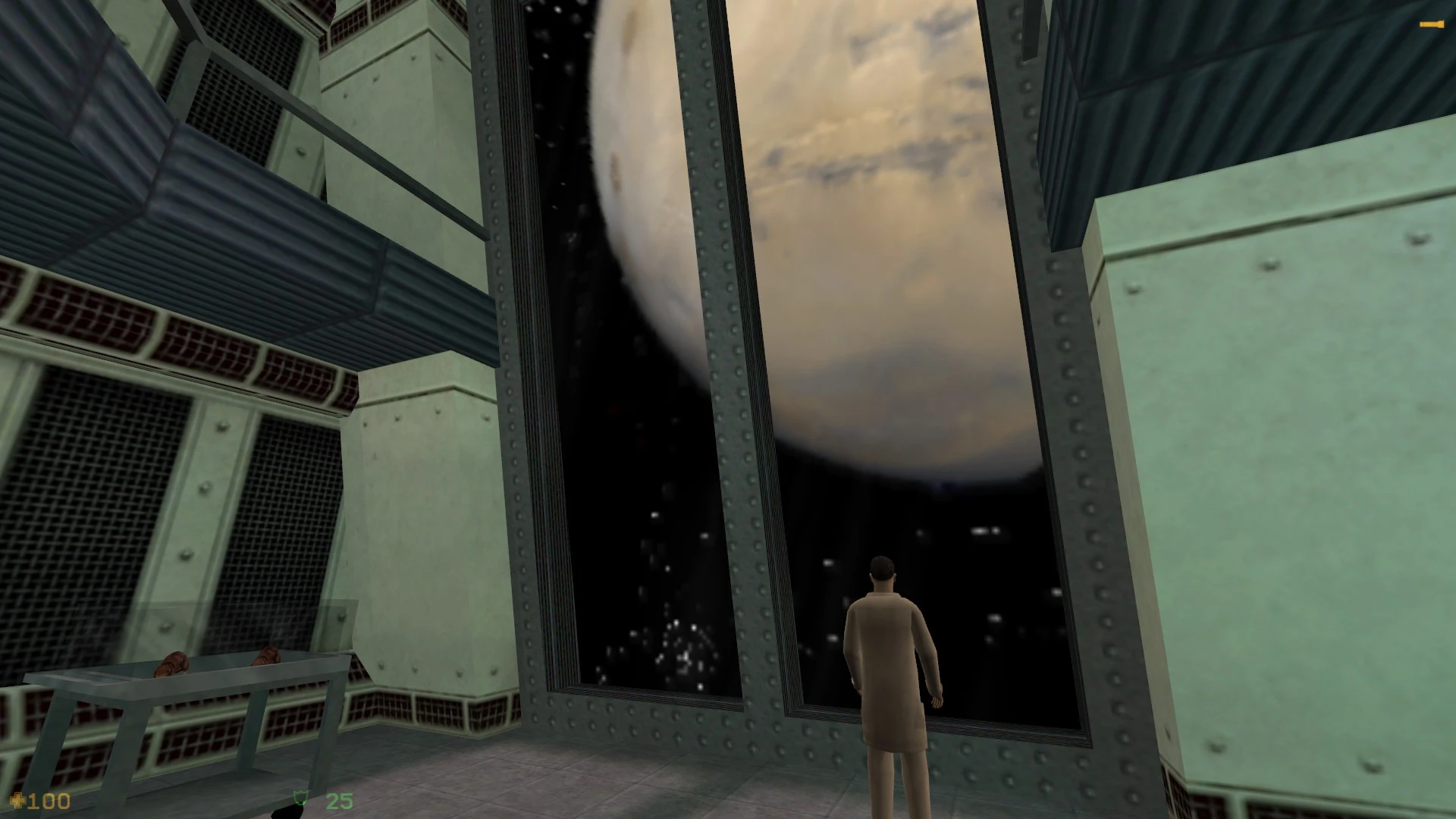
CS DarkstarHalf-Life (1998)
CS Darkstar to alternatywna wersja oryginalnego moda USS Darkstar z bronią z Counter-Strike.
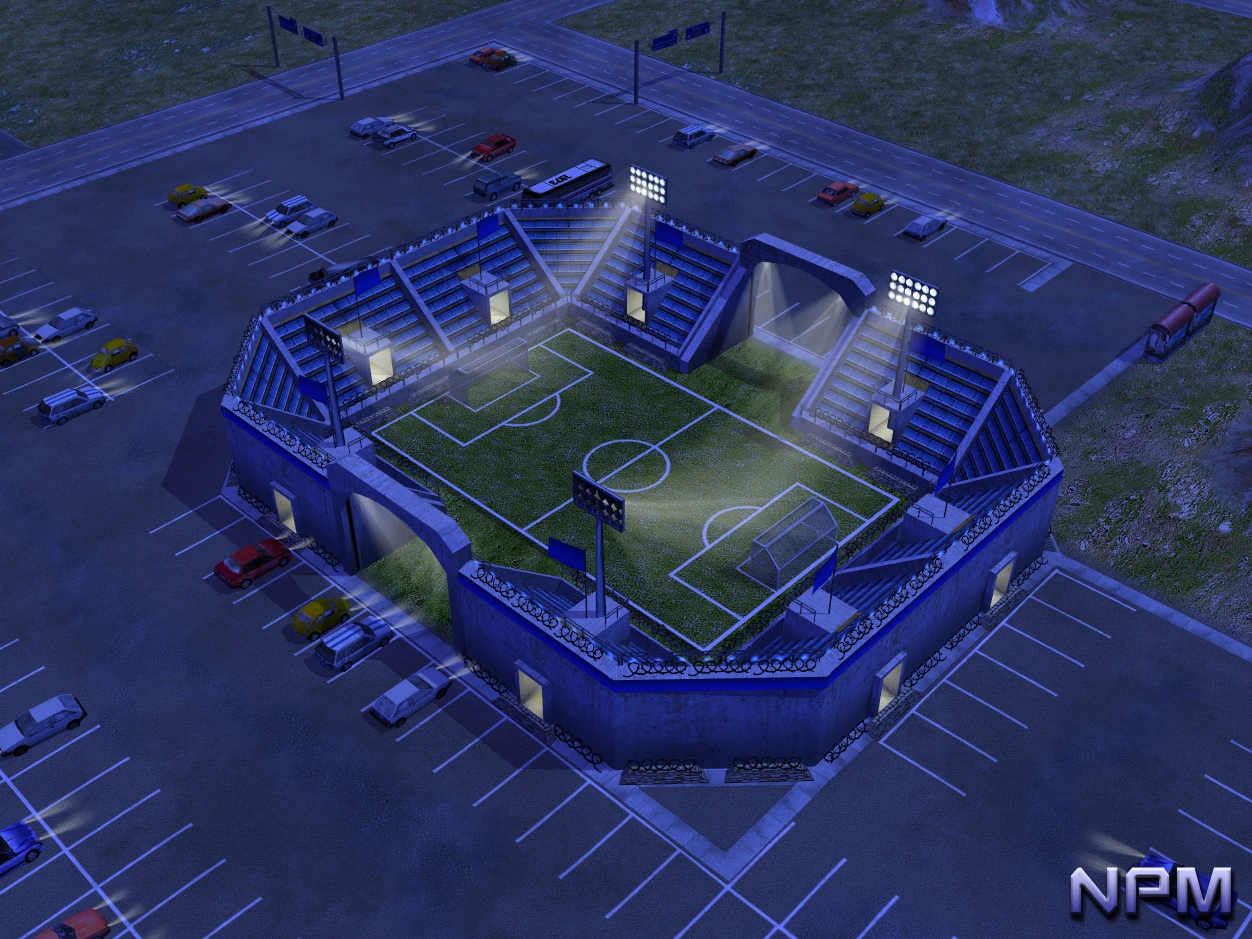
NProject ModCommand & Conquer: Generals (2003)
NProject Mod — starannie ulepszona wersja Zero Hour, która naprawia niemal wszystkie błędy oryginału, poprawia balans, sztuczną inteligencję i optymalizację. W modzie pojawił się grywalny Generał-Boss, dodano nowe jednostki, budynki, ulepszenia i mapy, zachowując przy tym firmowy styl Zero Hour.
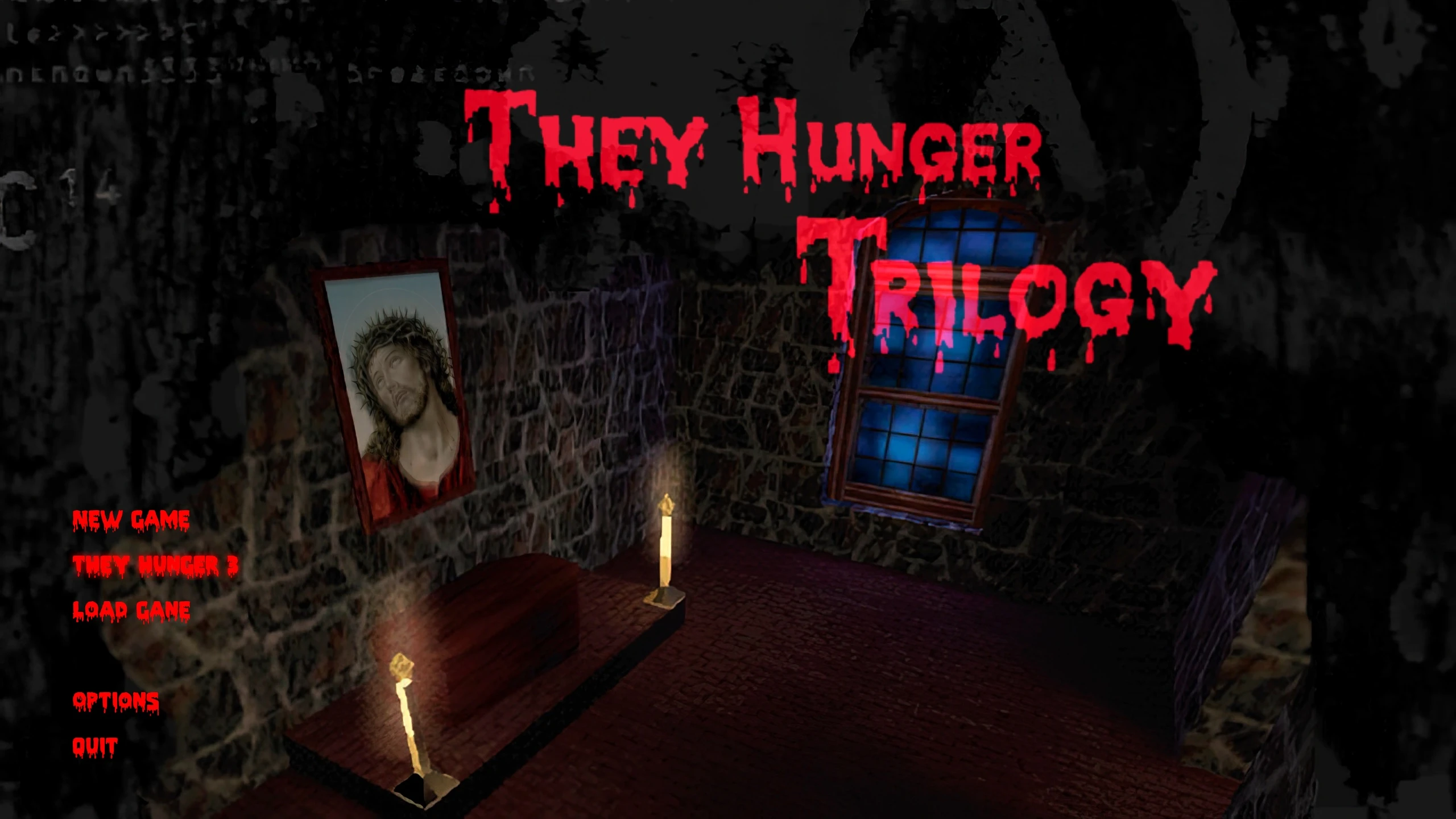
They Hunger: Trilogy 25th Anniversary PatchHalf-Life (1998)
Patch do moda They Hunger wykorzystujący nowe funkcje HL 25th Anniversary i dodający nowe menu, ekran ładowania, czcionki, animowane logo i wiele więcej.
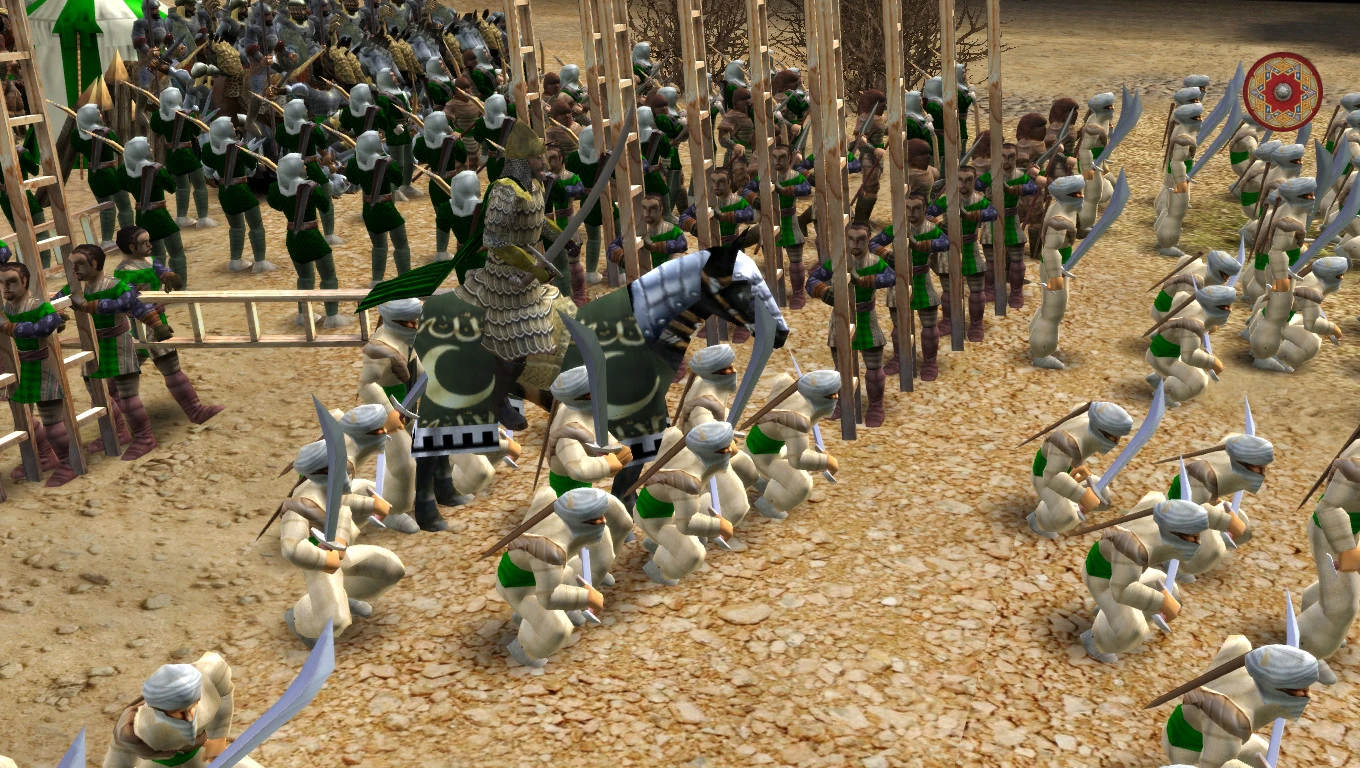
Stronghold 2 Crusader Matteele EditionStronghold 2 (2005)
Stronghold 2 Crusader Matteele Edition to tematyczny mod, który przenosi Stronghold 2 do epoki krucjat na Bliskim Wschodzie. Mod oferuje przerobioną grafikę, nowe dźwięki, ulepszoną atmosferę pustyni oraz rozszerzone kampanie.
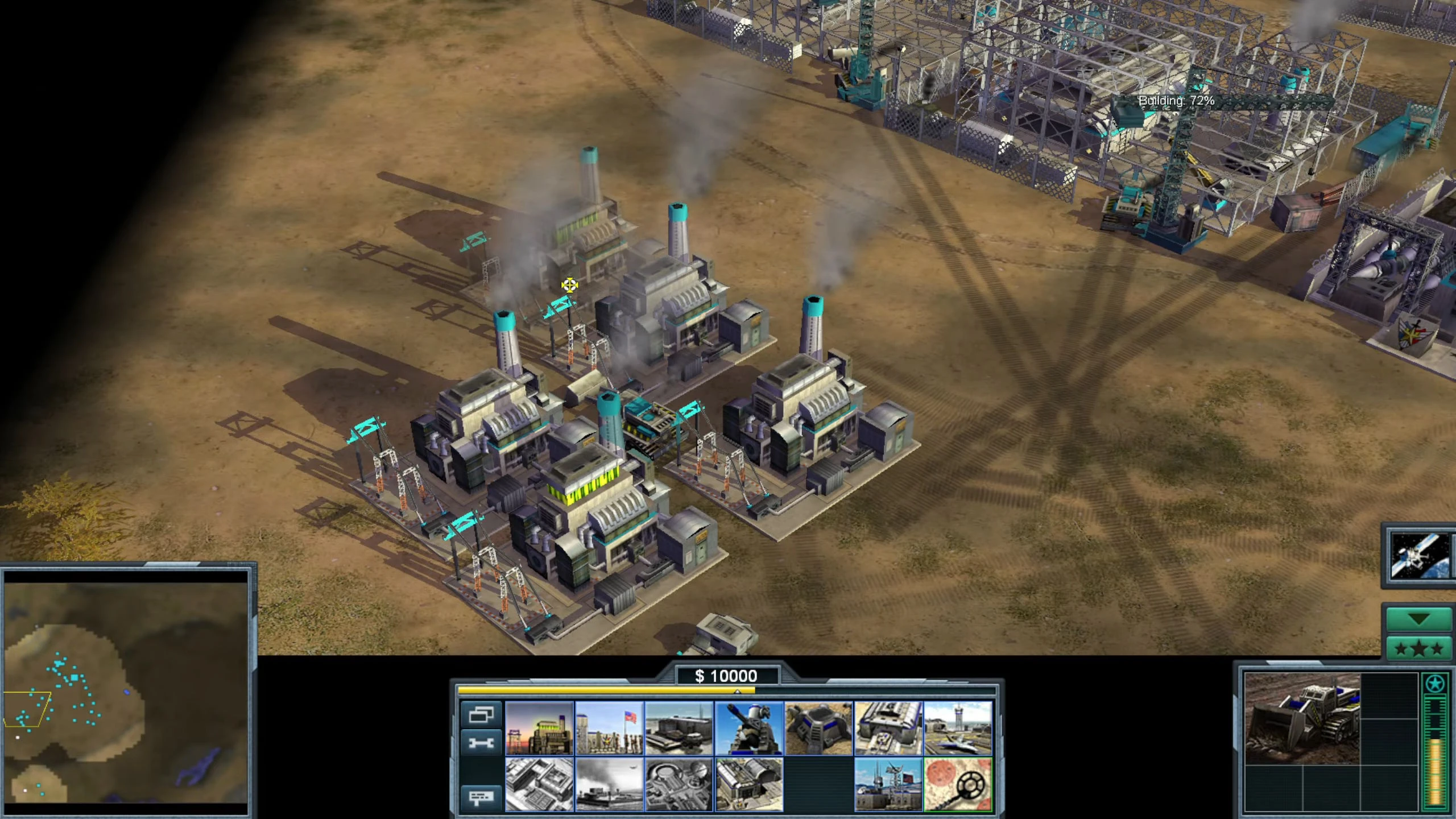
Command and Conquer ShockWave EX (Formerly SchlongWave)Command & Conquer: Generals (2003)
C&C ShockWave EX to zmodyfikowana wersja oryginalnego moda ShockWave dla C&C Generals: Zero Hour, która naprawia balans i dodaje nowe funkcje.
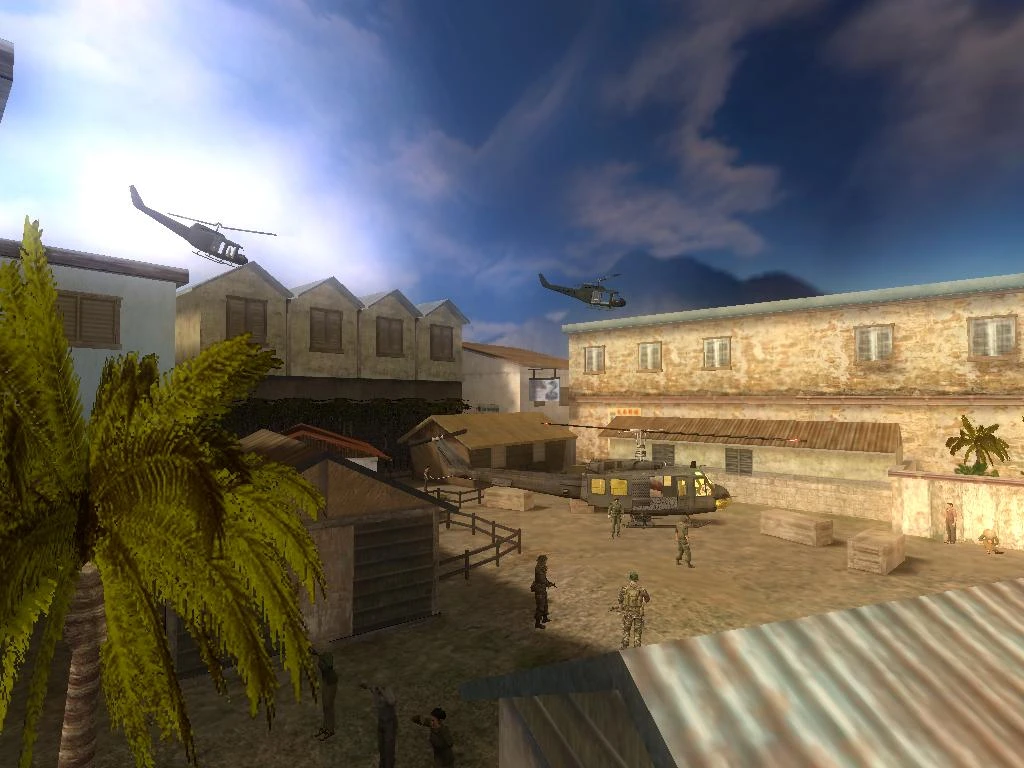
Heart Of Evil Napalm EditionHalf-Life (1998)
Heart of Evil: Napalm Edition to remake oryginalnej gry Heart of Evil. Ta modyfikacja dla pojedynczego gracza była naprawdę wciągająca i oferowała graczom coś nowego - mod do Half-Life, który dokładnie i szczegółowo oddawał amerykańskie doświadczenia z Wietnamu, aż po najdrobniejsze szczegóły, takie jak sznurówki na butach zombie.
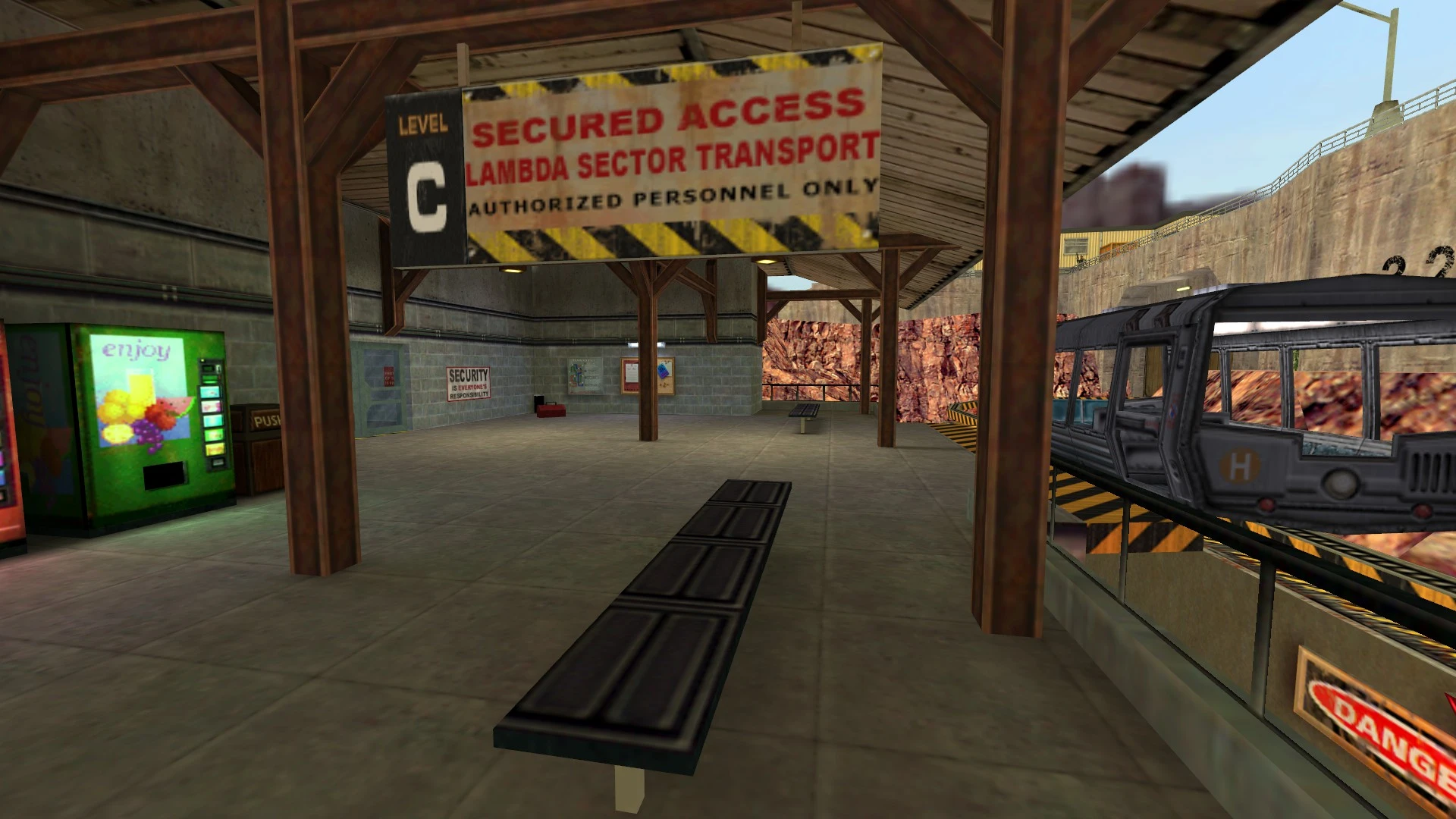
Half-Life: Residual LifeHalf-Life (1998)
Half-Life: Residual Life to kampania dla jednego gracza do Half-Life od południowokoreańskiego zespołu, która jest kontynuacją moda Residual Point, gdzie G-Man w jakiś sposób resetuje kontinuum czasoprzestrzenne, co prowadzi do alternatywnej linii wydarzeń w Black Mesa, gdzie grasz jako naukowiec próbujący wydostać się na powierzchnię.